Our daily routines are filled with objects we interact with automatically. We often use them like we always have and never question whether there might be a better way. This article reveals 19 common household items that many people use incorrectly—read on to discover how you can avoid misusing such objects and ensure they fulfill their potential!
Plunger
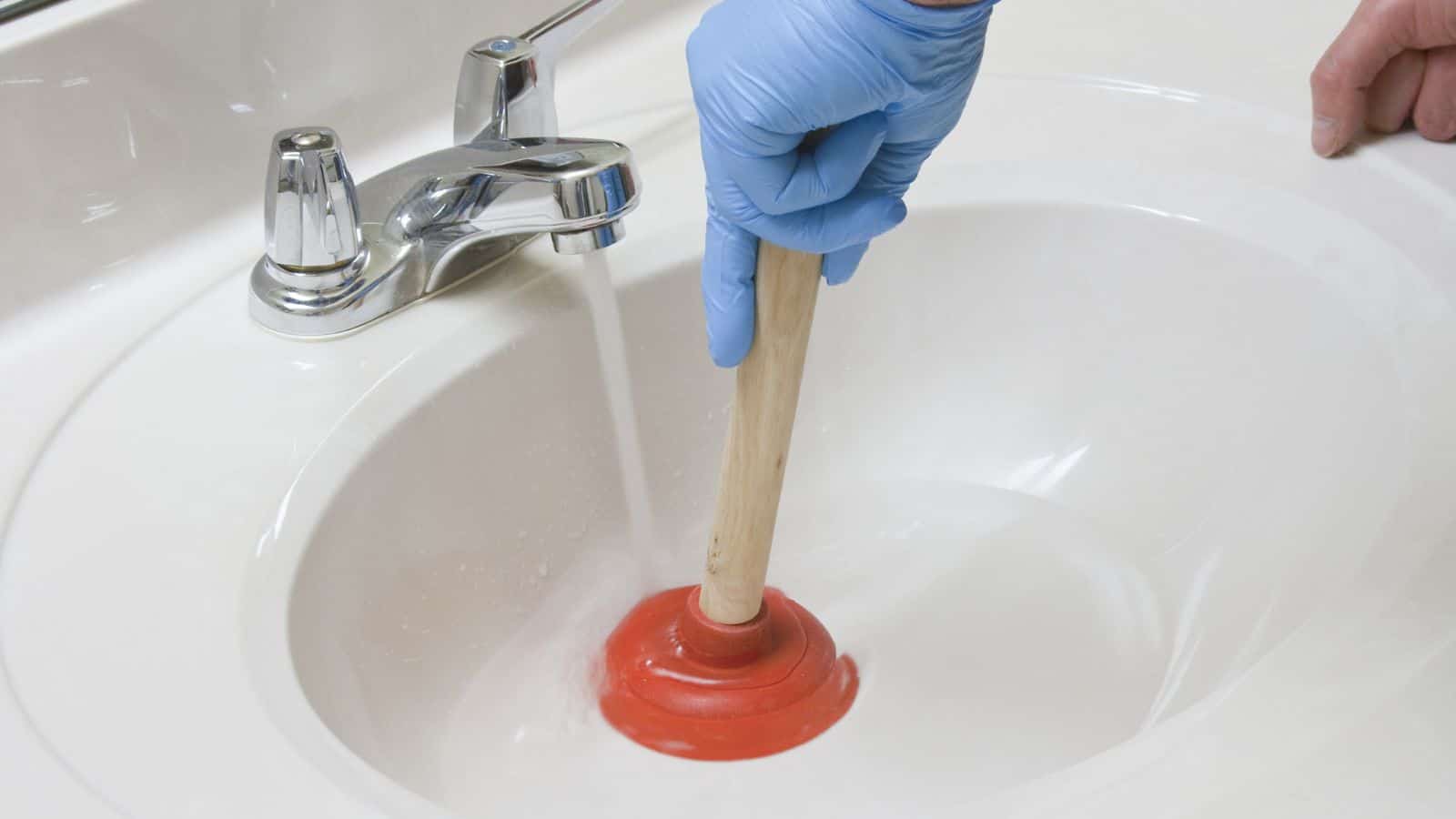
There’s a reason there are two types of plungers! That red, dome-shaped plunger is perfect for unblocking standard drains, like those in sinks and bathtubs, but it won’t be much help with a clogged toilet. Toilets require a flange plunger, which has a smaller opening that expands to create a tight seal over the toilet drain. For hygiene reasons, this plunger should be reserved for this specific purpose.
Bobby Pins
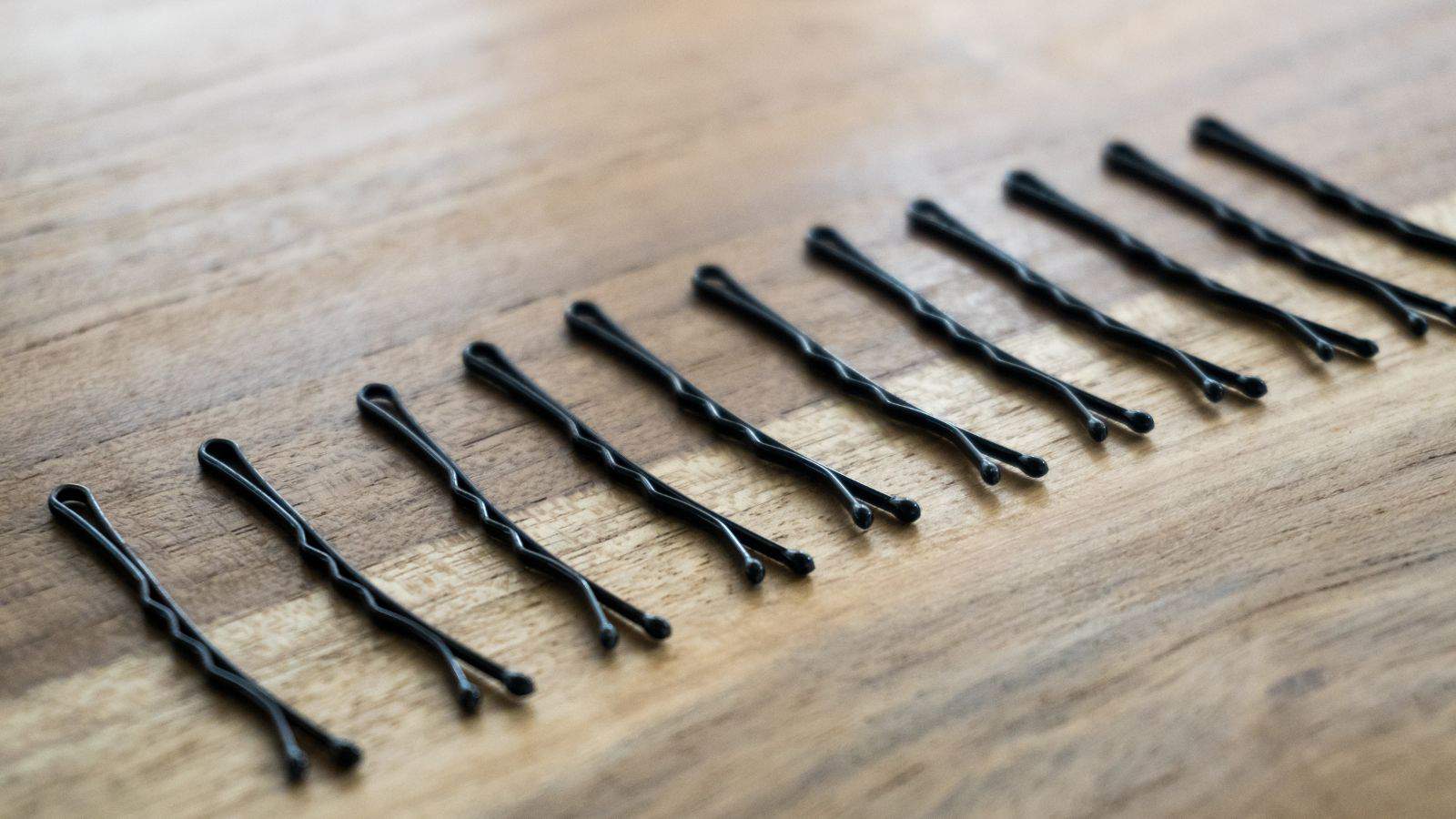
The wavy grooves on bobby pins aren’t just decoration; they’re designed to grip your hair. Yet many people slide bobby pins in with the grooves facing up, preventing them from doing their job. For maximum hold, always insert the pins with the grooves facing downwards (towards your scalp), which will significantly improve how effectively they hold your hair in place.
Pasta Spoon
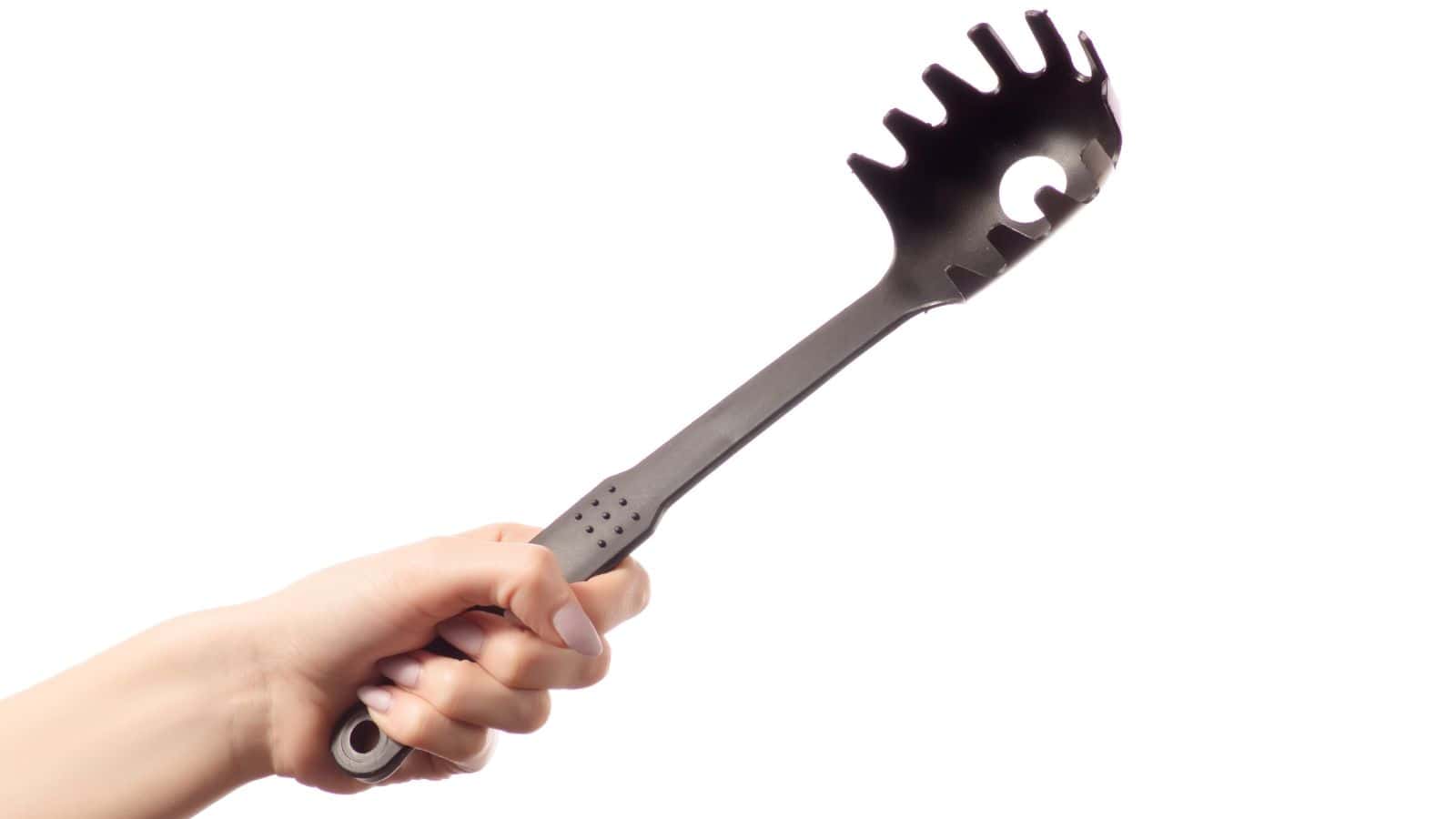
Food 52 reveals that the hole in a designated pasta spoon isn’t just for water drainage when spooning out pasta from boiling water; it’s a gauge to measure a perfect single serving size of spaghetti. Before cooking, place enough dried spaghetti strands in the hole to fill it up, and you will have enough pasta to feed one average adult. Repeat as needed. Simple!
Scissors
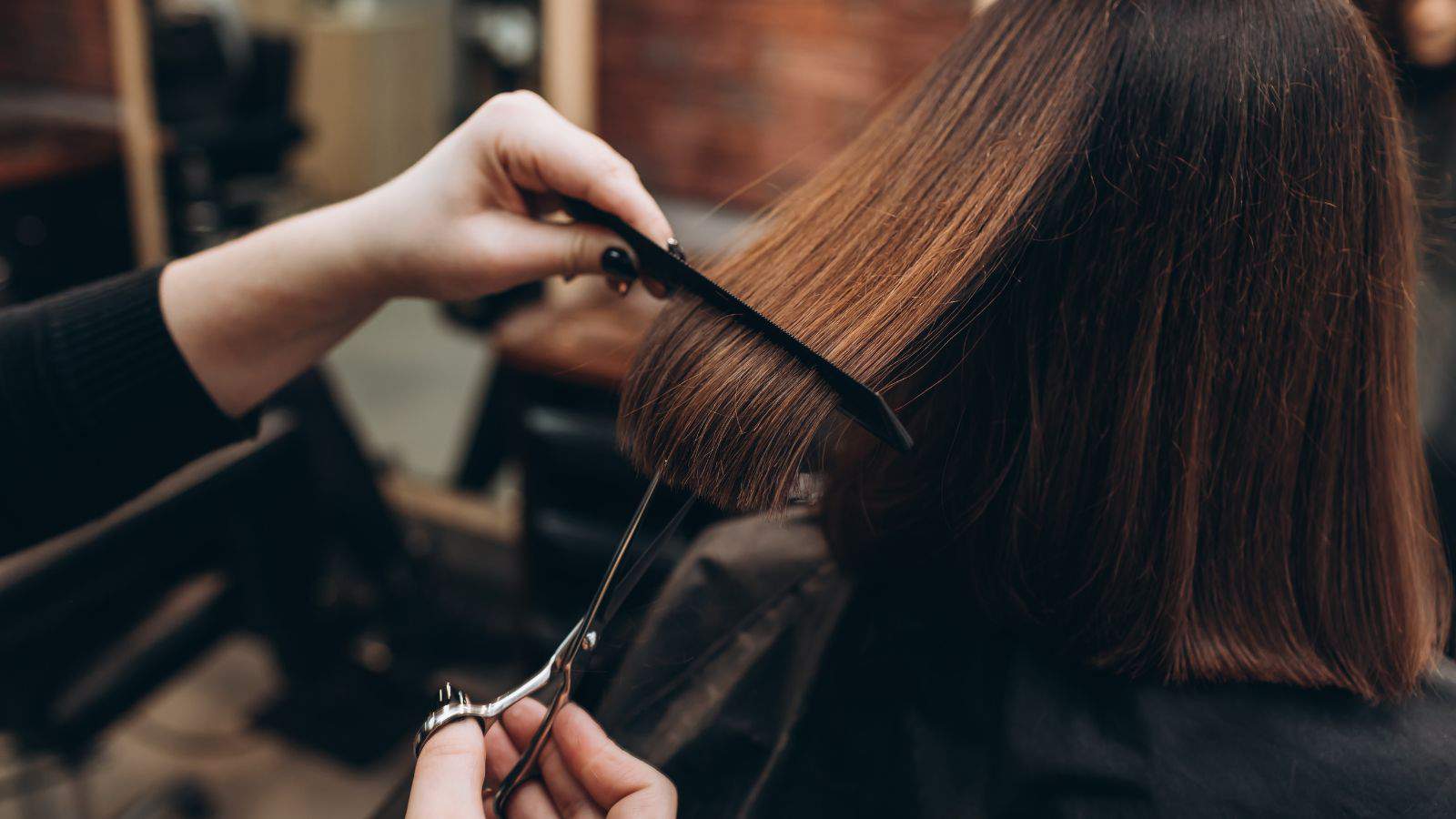
Like knives, scissors must be kept sharp to function well. Dull scissors are not only frustrating but can also damage what you’re trying to cut, especially if you’re using them for crafting or making clothes. Many scissors have a small screw near the handle that can be undone in order to sharpen each blade or adjusted to tighten the blades for better performance.
Big Pillows

Some people find it comfortable to sleep on their stomachs, but don’t use an elevated pillow if you sleep in this position. Big pillows are intended for sleeping face up or on your side, and using one when you sleep on your front can put a harmful strain on your neck and back, leading to pain and discomfort over time. If you sleep face-down, use a flat pillow or none at all.
Kitchen Knives
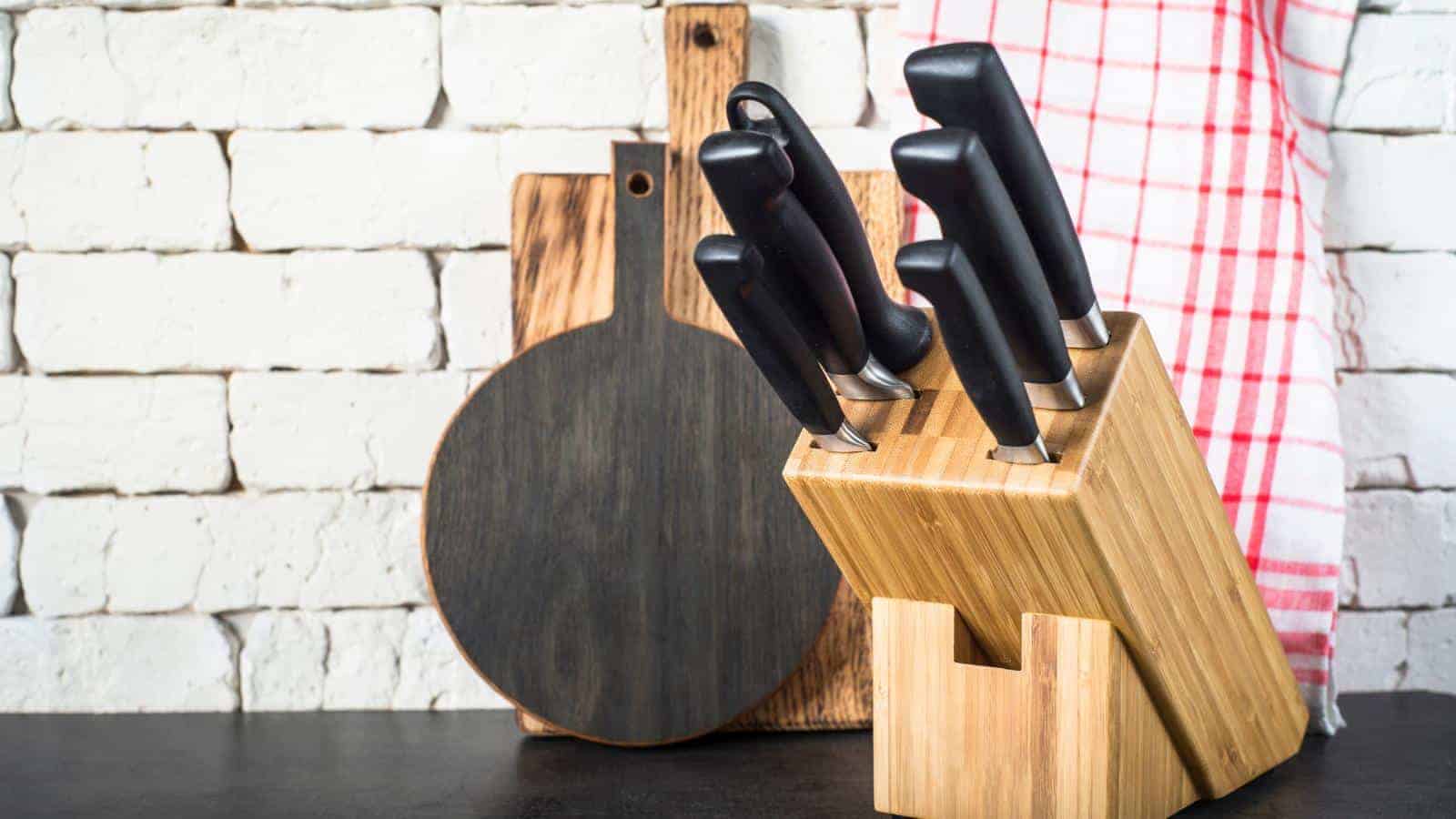
Yes, we all know kitchen knives are used to cut food, but many people use the wrong sort of knife for the job. Serrated knives are designed for bread, not general chopping, and will tear more delicate vegetables and meats. Use a butcher’s cleaver for large cuts of meat or fish and a chef’s knife for chopping bigger vegetables. A small paring knife is ideal for smaller items or more intricate tasks.
Q-tips
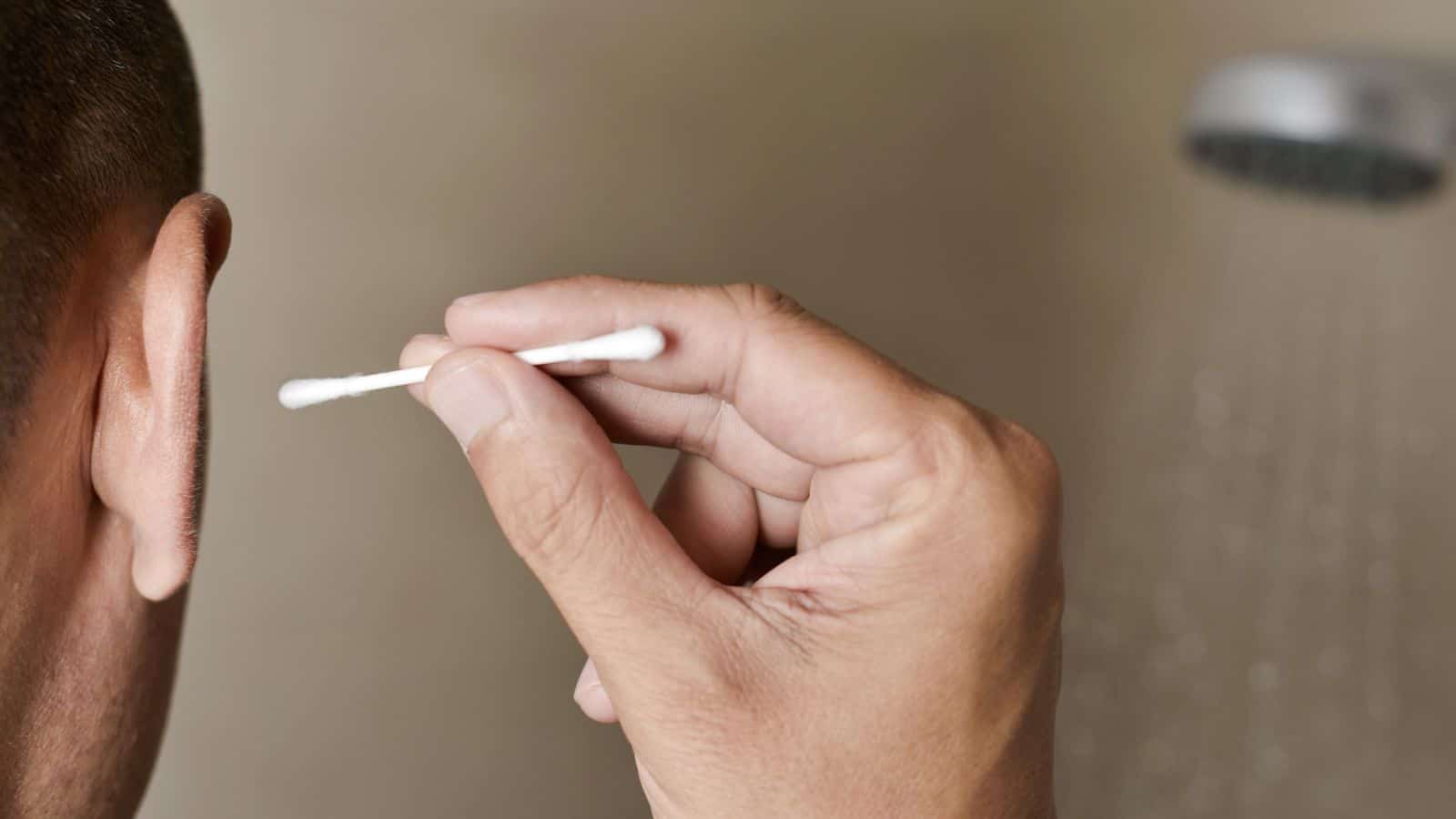
Q-tips aren’t designed to clean ear canals and should only be used to clean the outer ear. The Times of India writes, “Improper use of earbuds can cause the wax to become tightly packed inside your ear, leading to a blockage. This can cause hearing loss, pain, tinnitus (ringing in the ears), and dizziness.” For ear wax buildup, use a prescribed softener instead.
Backpacks

We’ve all seen school children and teenagers wearing backpacks as loosely as possible, with long shoulder straps and the weight pulling on their lower back. In fact, backpacks should be worn high on your back, with the straps adjusted to fit snugly across your shoulders to keep the weight as high as possible. Wearing a backpack too low can strain your back and neck muscles.
Toothpaste
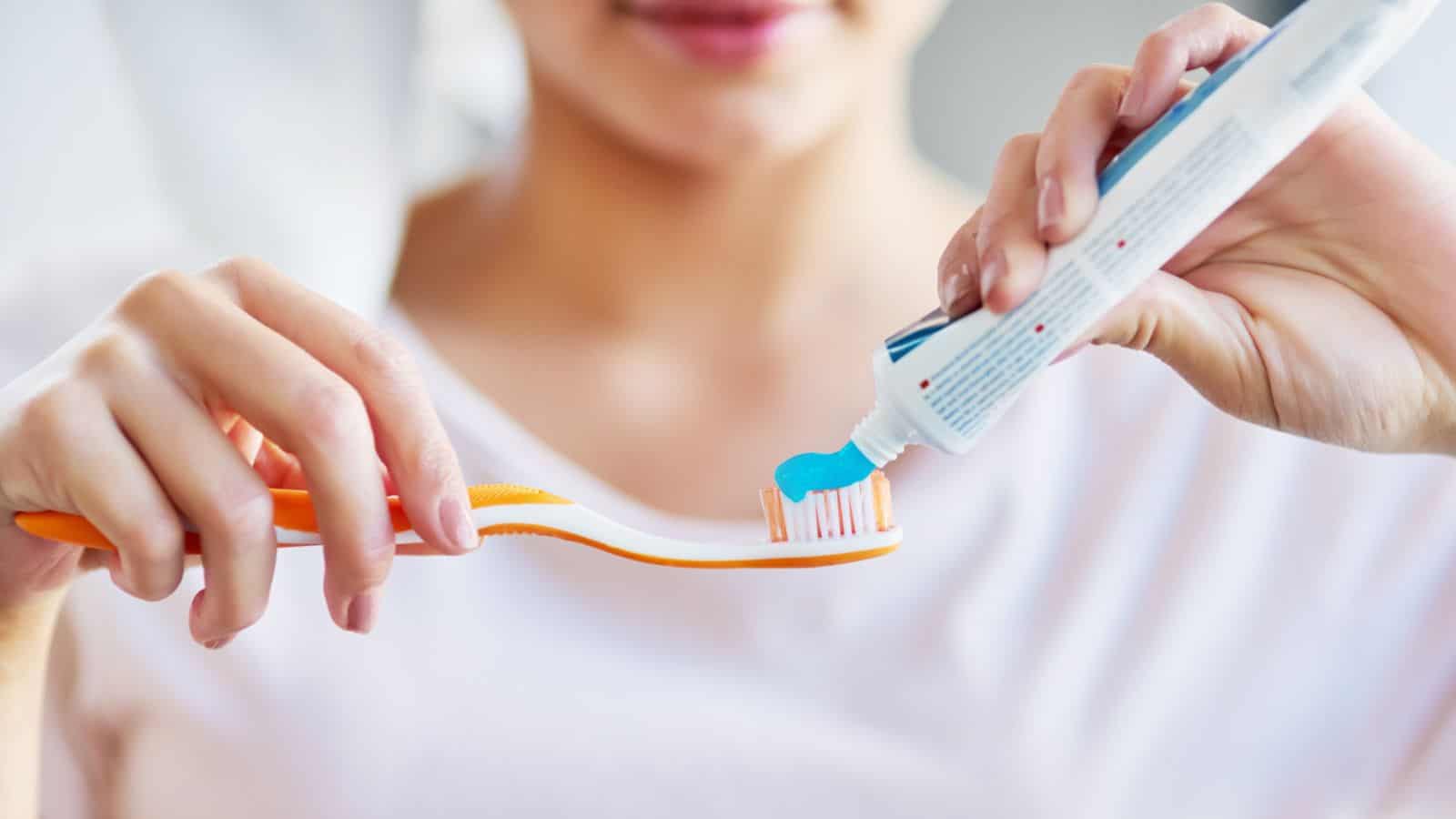
When it comes to toothpaste, less is more. You only need a tiny, pea-sized blob to coat all the surfaces in your mouth and keep your mouth fresh. Children require even less and should be encouraged not to swallow any, as the fluoride in toothpaste is mildly toxic. The most important aspect of tooth brushing is the brushing part—cover every tooth surface and brush for at least two minutes twice a day.
Toilet Seat Covers
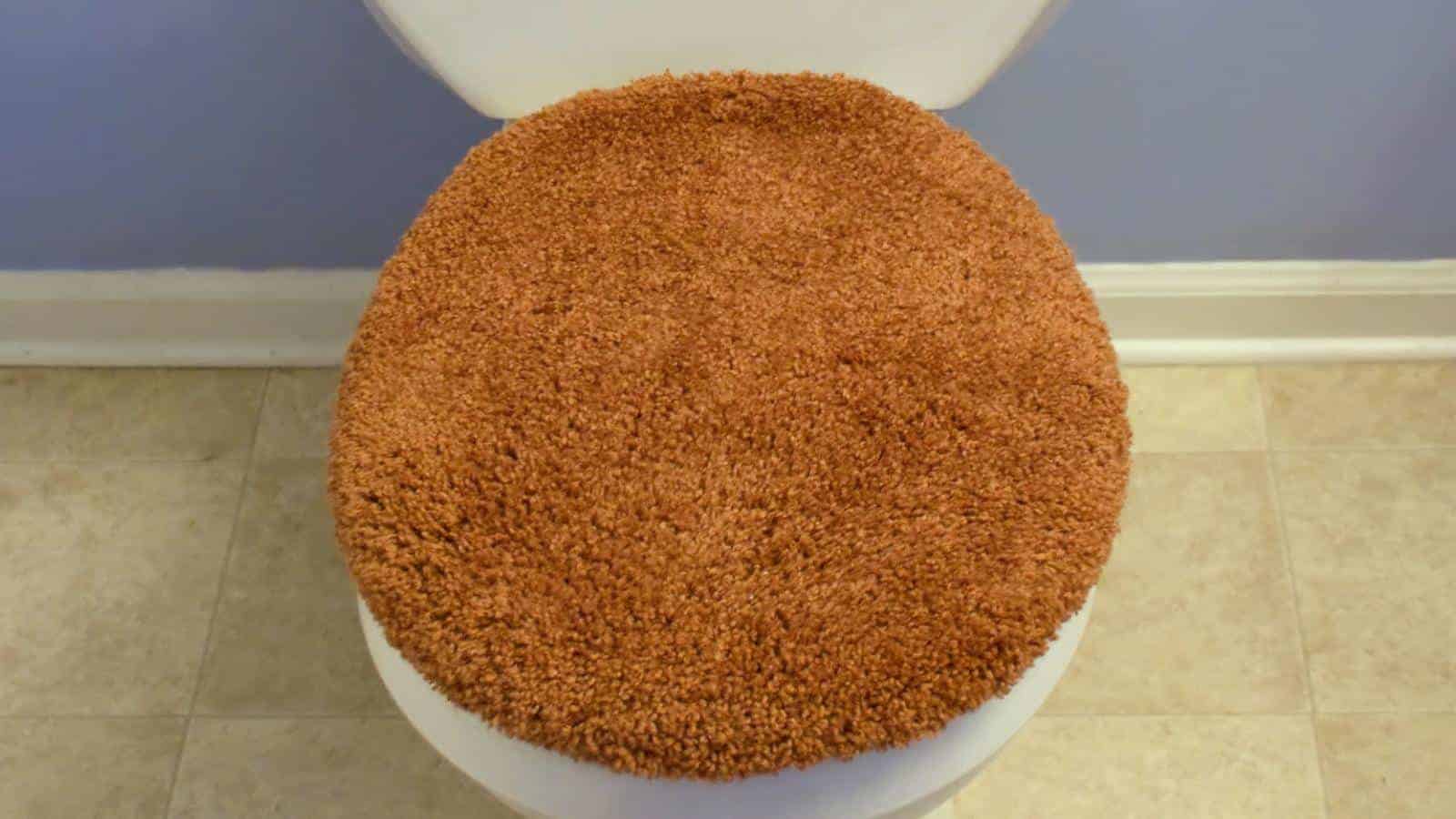
The adhesive strip on a toilet seat cover is meant to go on the back of the seat, near the hinges, not the front. This ensures the cover stays put when you sit down. You shouldn’t fold covers over either—this reduces their effectiveness rather than doubling their protection. Oh, and you should never flush a toilet seat cover. They are disposable, but only in the trash.
Oven Racks
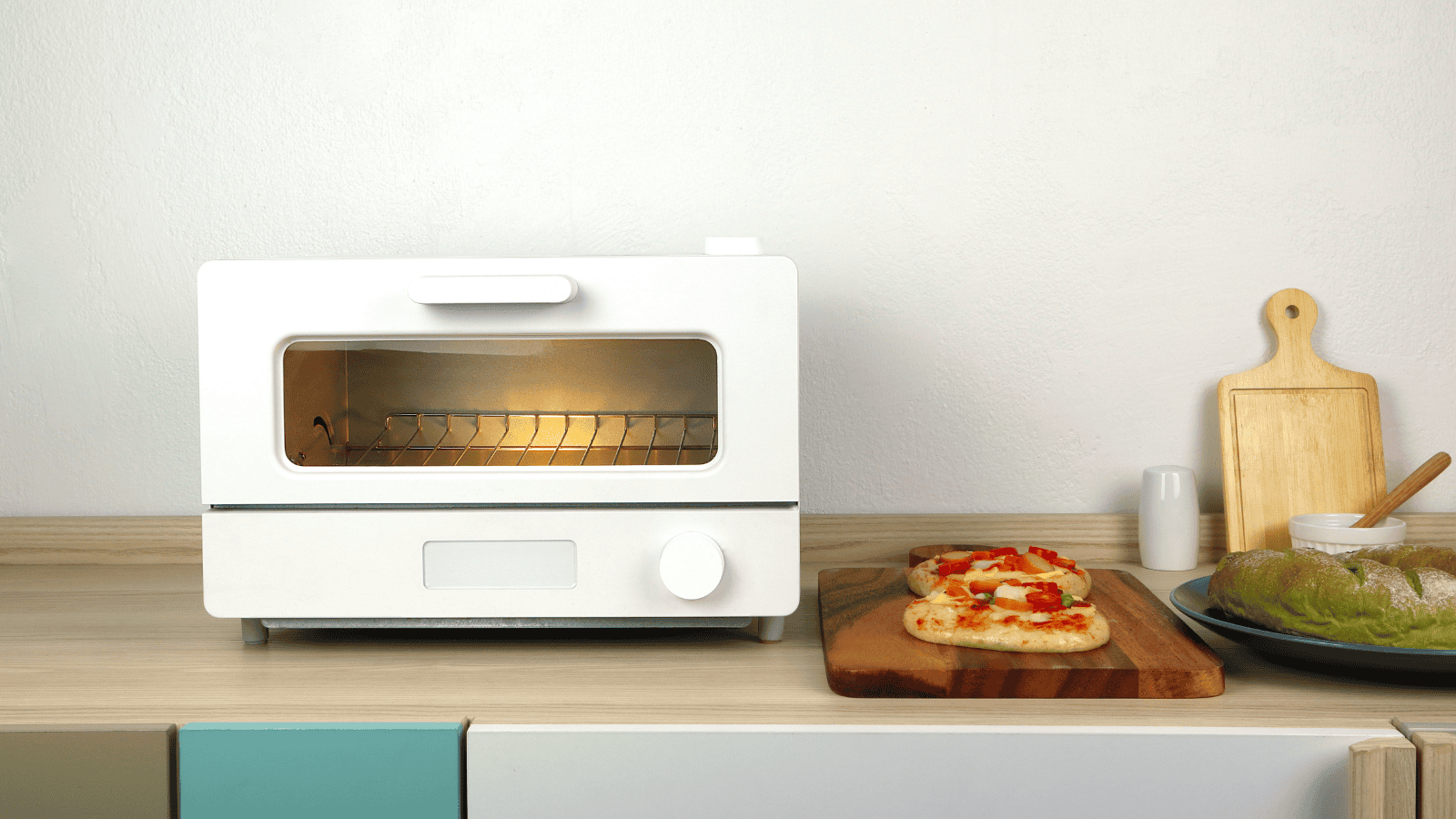
Clean Eating maintains that oven racks have a specific purpose and that different foods should be placed at different heights depending on their cooking requirements. The top rack is like a broiler and is best used for crisping or melting cheese, like for casseroles. The middle rack is for cakes and cookies, while the bottom is akin to a wood-fired oven—perfect for pizzas and breads.
Dish Soap
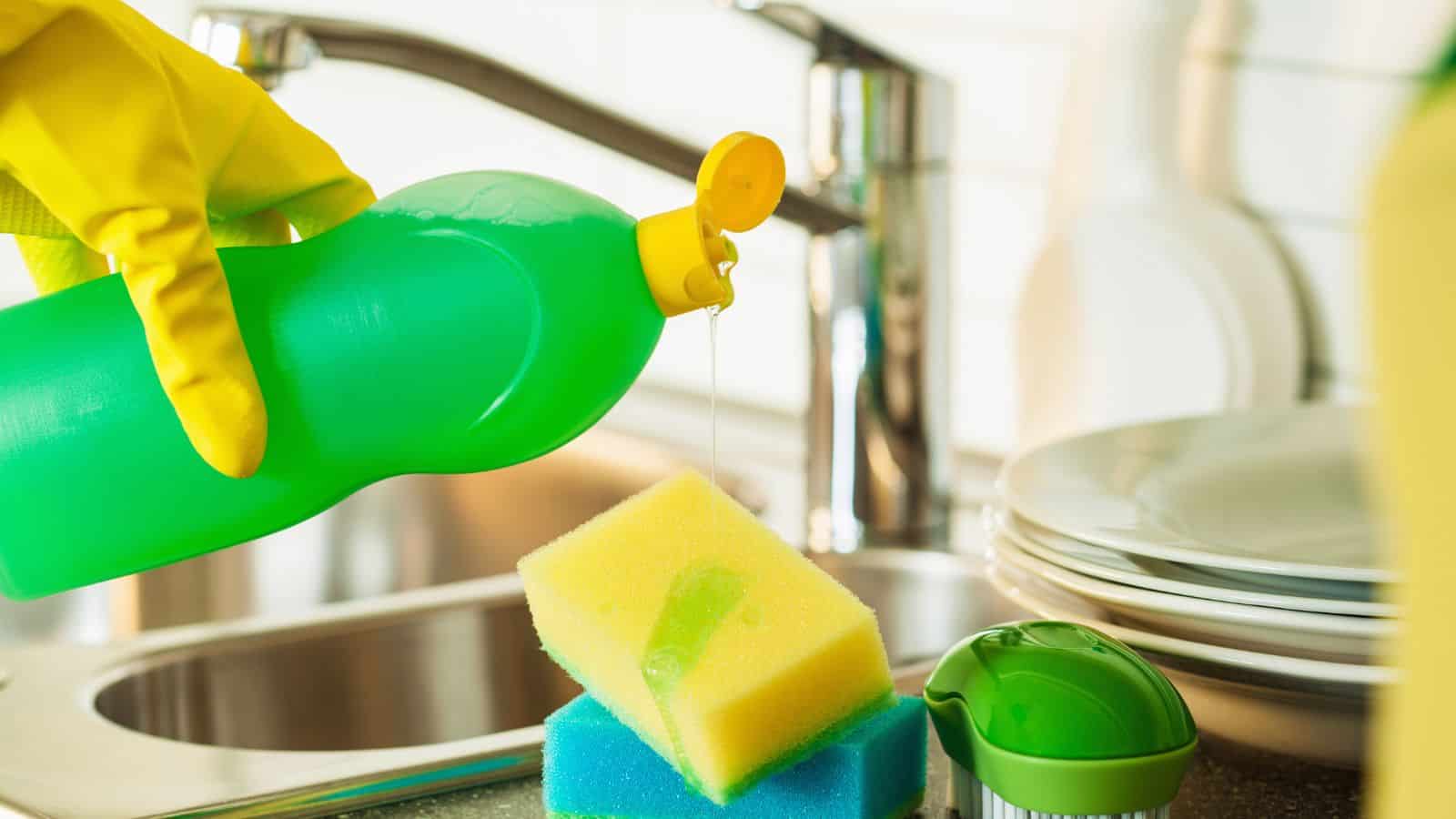
A little goes a long way when it comes to dish soap, particularly if you use a quality brand that is highly concentrated. Believe it or not, using too much can make doing the dishes more difficult, as the excessive suds make it hard to see dirt and food and necessitate extra rinsing. Too much soap can also leave a slimy film on your dishes and glasses.
Foods with Expiration Dates

The best way to assess whether a food is still edible is to smell it and examine it yourself. In most cases, the “expiration date” doesn’t indicate safety; it’s only a guide to peak quality. Many foods, like yogurt, cheese, cereal, and condiments, are perfectly safe to consume well past the expiration date, so long as they haven’t been opened, smell good, and show no other signs of spoilage.
Can Openers
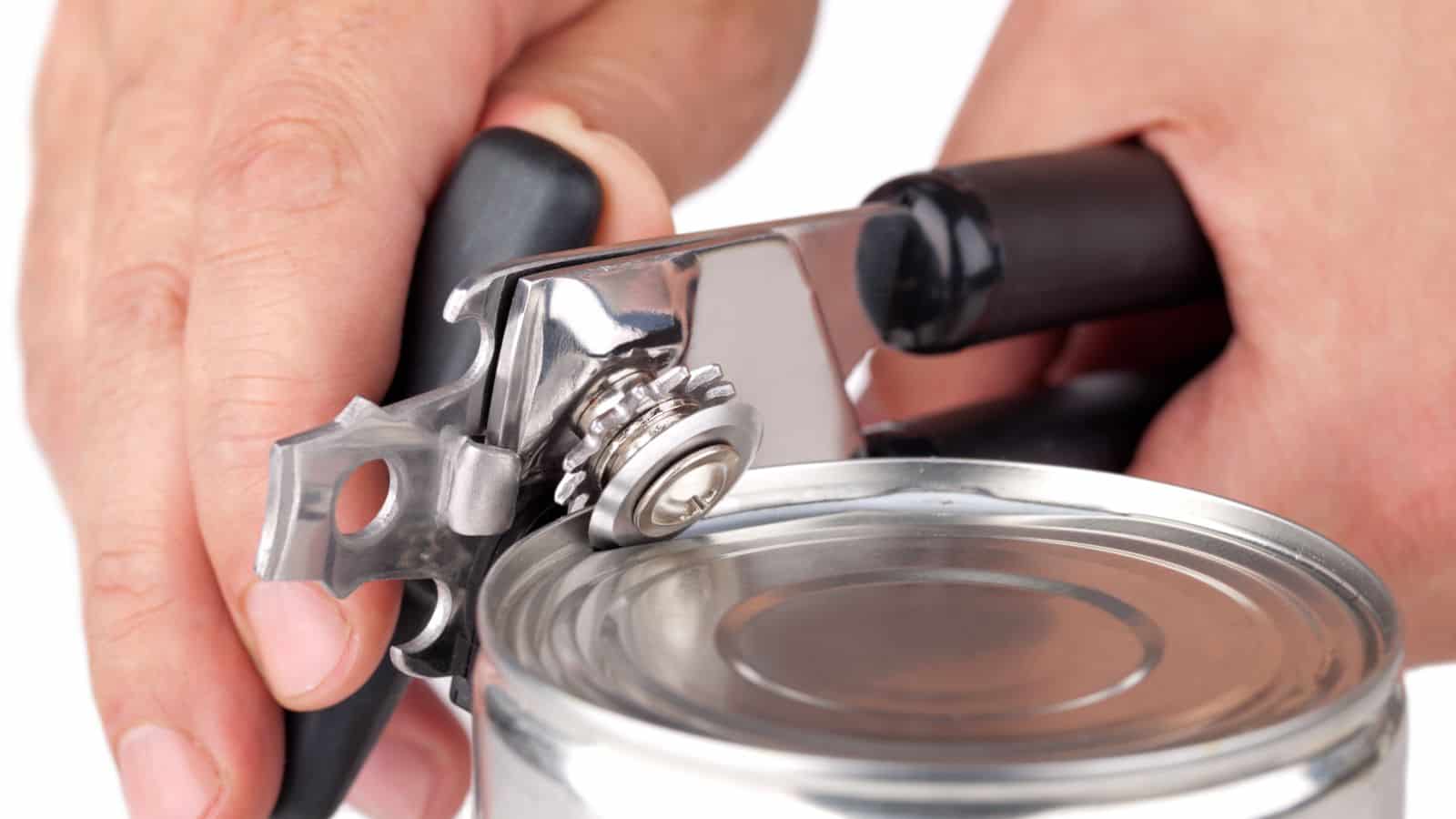
Those little knobs on can openers aren’t there for decoration; they’re designed to lift the lid up and over the can after it’s been cut, as this can be messy and even dangerous due to the sharp edge of the sawed metal. Trying to pry the lid off with the sharp edge can damage the can and leave jagged edges that could cause cuts, so always use the knob to safely lift the lid.
Laundry Detergent
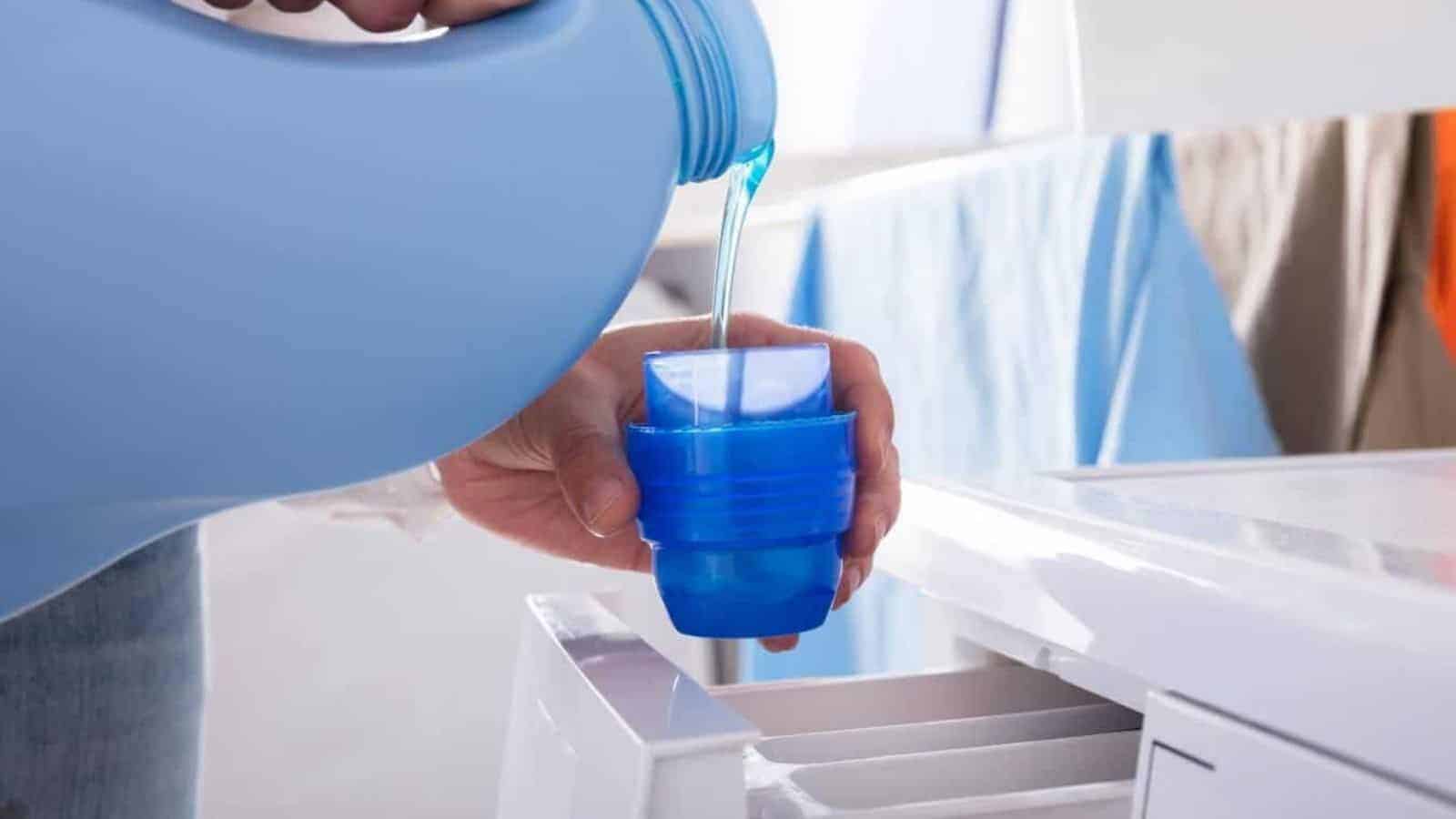
Like dish soap, the correct amount of laundry detergent is crucial. The New York Times says, “If you use too much, you wind up creating a new mess. This is a result of detergent residue that hasn’t been fully rinsed out,” making your clothes crunchy, scratchy, and uncomfortable to wear. This residue can also cause allergic skin reactions in sensitive individuals, like babies.
Phone Chargers
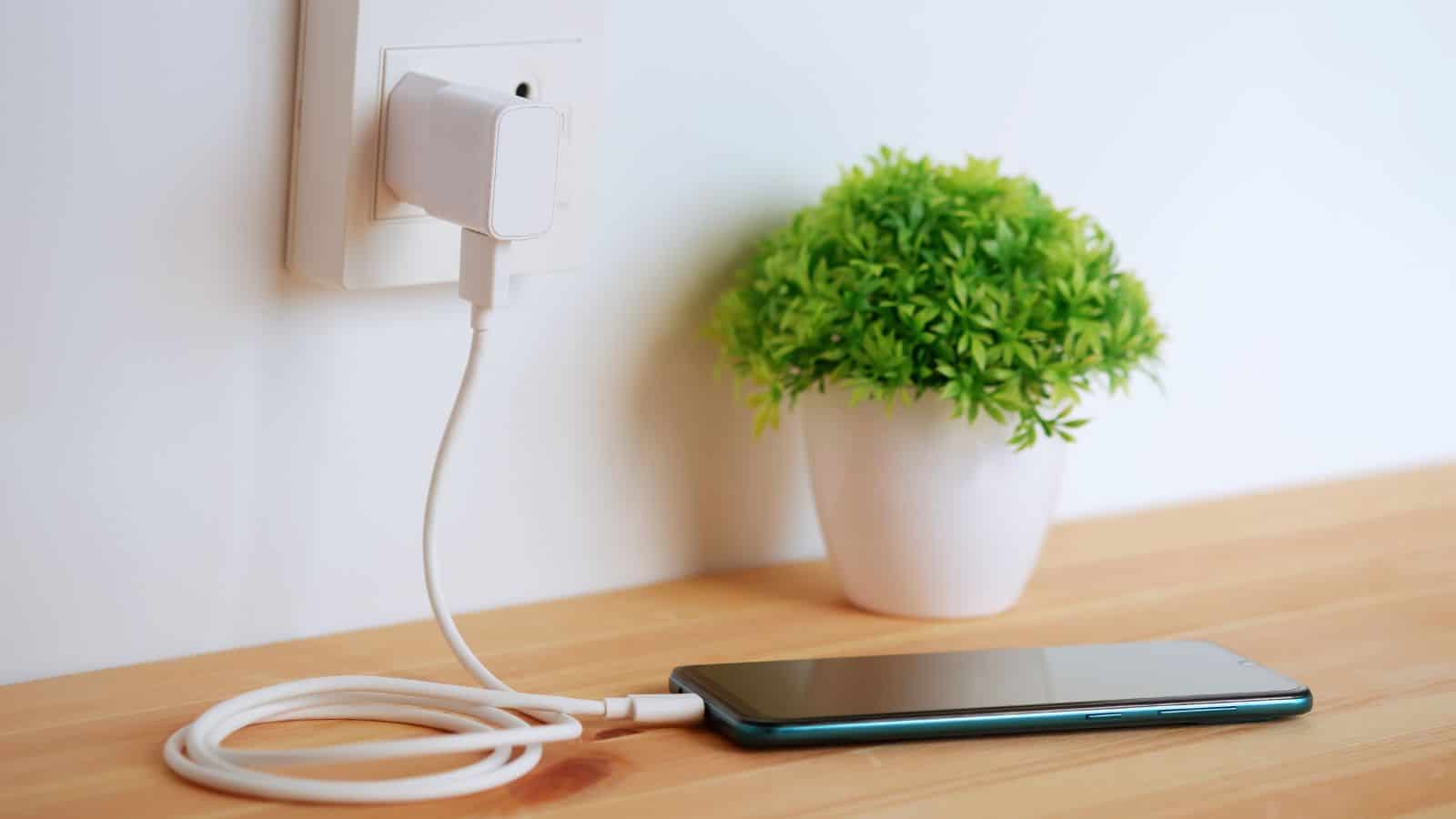
While it might seem convenient to keep your phone charger plugged in all the time, even when your phone isn’t connected, it’s actually inefficient. Wall chargers contain transformers that use a small amount of power even when not actively charging a device, making them an unnecessary drain on your energy bill. Unplugging them when not in use will prevent wastage and even extend their lifespan.
Hand Sanitizer
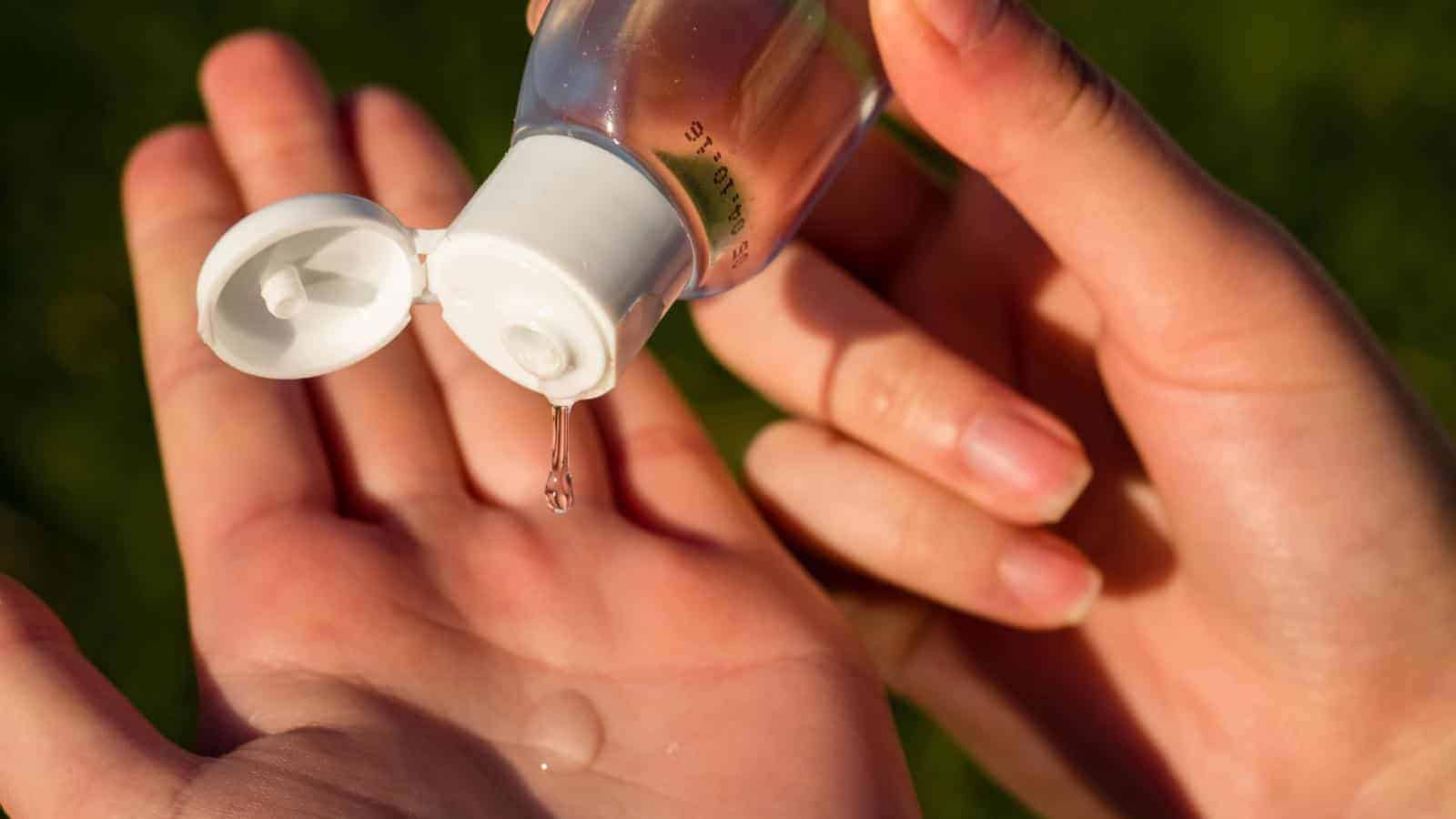
Hand sanitizer is a great way to clean your hands on the go, especially when no restrooms are available. However, be aware that it’s not a substitute for washing with soap and water. Hand sanitizer is only effective against germs when applied to clean, dry hands, so you shouldn’t rely on it if your hands are greasy or excessively dirty—you really need a sink!
Handheld Devices

Many people hold their phones with their necks hunched forward, which can lead to neck strain and headaches. The ideal posture for phone use is to keep the phone at eye level, with your elbows bent and supported. This helps maintain good spinal alignment and reduces strain on your neck and shoulders.
Facial Tissues
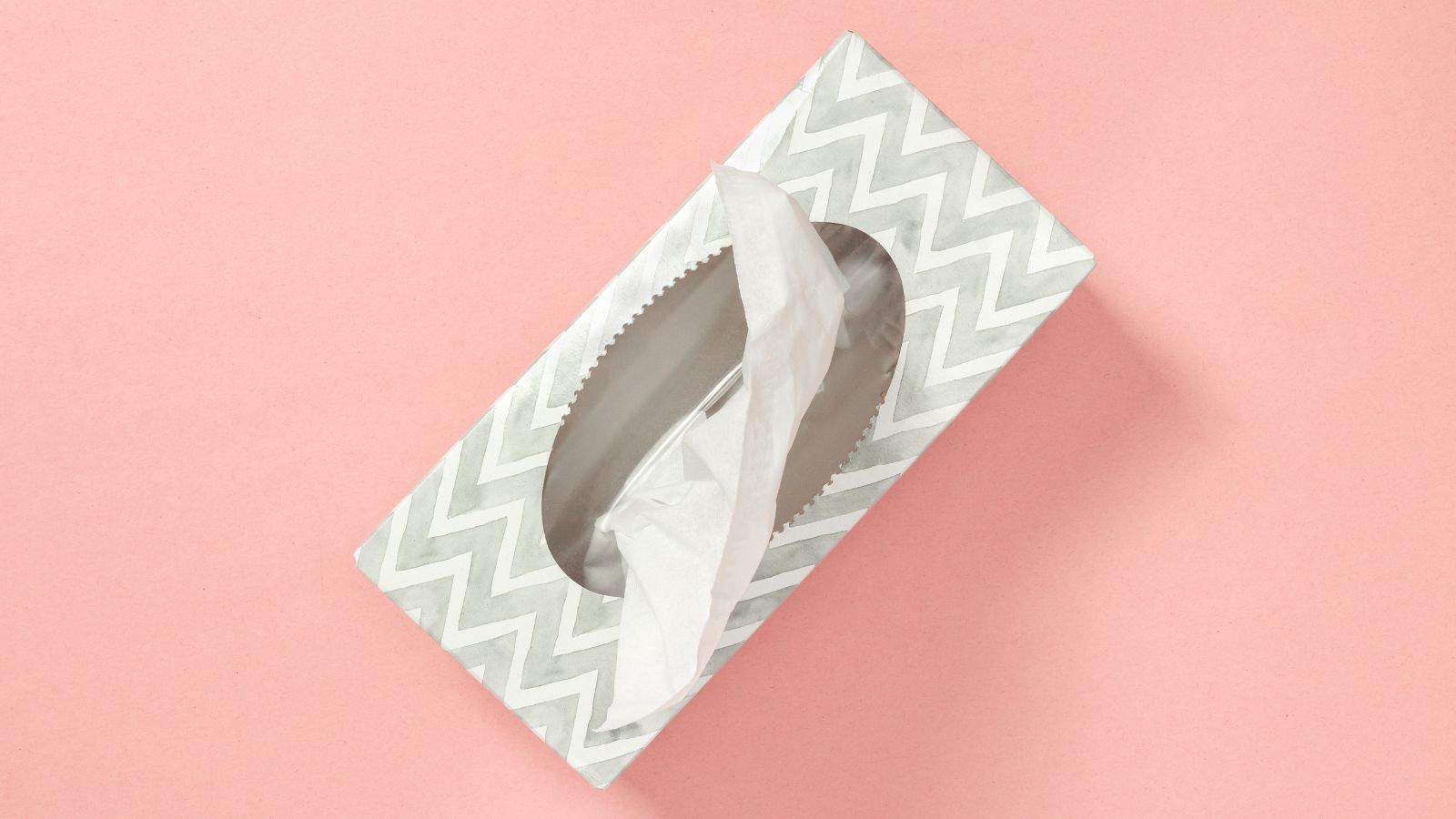
Many people refold or ball up facial tissues for later use, but this isn’t recommended. Not only do used tissues harbor bacteria from past use, but they are also weaker than fresh ones because the folding and unfolding process destroys their delicate fibers. It’s always better to use a fresh tissue each time and discard it for maximum hygiene and effectiveness.
Up Next: 19 Signs That Say You’ve Officially Entered Old Age

Old age comes for us all, though we do our best to resist it for as long as possible. But aging isn’t only gray hair, wrinkled skin, and yelling at kids to get off your lawn. Here are 19 signs you’ve realized you’re no longer the young stud you once were!
19 SIGNS THAT SAY YOU’VE OFFICIALLY ENTERED OLD AGE
17 Things That Are Too Woke For Boomers

Our society is so different from what it was decades ago, and boomers don’t like much of what everyone considers normal in today’s society. In this light, here are 17 things about ‘woke culture’ that particularly make boomers uncomfortable.
17 THINGS THAT ARE TOO WOKE FOR BOOMERS
17 Things You’re Just Too Old To Be Doing Anymore

The older you get, the more fragile you are physically and mentally, so it’s important to prioritize your well-being every day. Whether you still feel young at 50 or are closer to 80, we’ve compiled 17 things you’re too old to be doing anymore.
